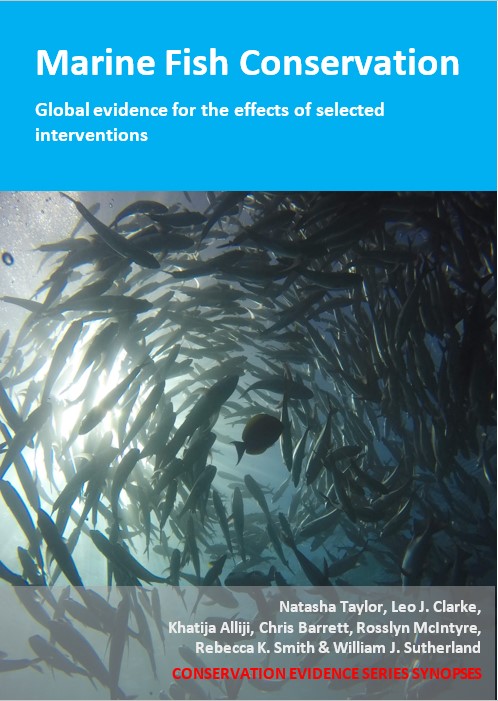Use netting of contrasting colour in a trawl net
-
Overall effectiveness category Awaiting assessment
-
Number of studies: 1
View assessment score
Hide assessment score
How is the evidence assessed?
-
Effectiveness
not assessed -
Certainty
not assessed -
Harms
not assessed
Study locations
Supporting evidence from individual studies
A replicated, paired, controlled study in 1995–1996 of bottom fishing grounds in the Baltic Sea, Denmark (Madsen et al. 1998) found that contrasting black netting used in conjunction with a square mesh window in a trawl net codend (three designs) did not reduce catches of undersized Atlantic cod Gadus morhua in one case, and did not improve size-selectivity in two cases, compared to trawls with conventional codends of green netting. In a trial of one of three black netting designs, catch numbers of undersized (<35 cm) cod were similar compared to the conventional green (black: 2,030 fish, conventional: 2,184 fish; size-selectivity not calculated). In a separate trial of two other black netting designs, the length at which cod had a 50% chance of escape was similar in one case (32.1 vs 32.7 cm) and smaller in the other (28.2 vs 33.4 cm) compared to the conventional netting. The corresponding numbers of undersized cod caught in these two designs of modified codends compared to the conventional was 746 vs 881 fish, and 672 vs 335 fish, respectively (no statistical result reported). In total, 30 experimental deployments were made in August 1995 and February 1996 around Bornholm, using twin trawls. One trawl was fitted with a green netting codend modified with sections of contrasting black netting (three different designs) to improve fish escape through a square mesh panel, and one with a conventional green codend. Both trawls were fitted with a square mesh panel (compulsory since 1995). Deployments were 175–280 min at 2.7–3.4 knots. Small mesh covers were installed over each codends to collect the escaping fish. Full details of codend designs are provided in the original paper.
Study and other actions tested
Where has this evidence come from?
List of journals searched by synopsis
All the journals searched for all synopses
This Action forms part of the Action Synopsis:
Marine Fish Conservation





)_2023.JPG)














